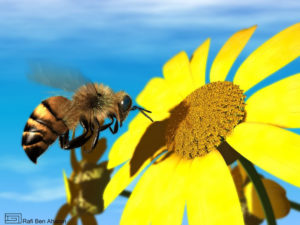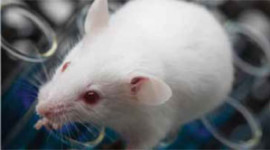 “U.S. Pollinator Policy Should Focus on Facts Rather than Alarmism,” By Angela Logomasini, Ph.D.
“U.S. Pollinator Policy Should Focus on Facts Rather than Alarmism,” By Angela Logomasini, Ph.D.
The House Agriculture Subcommittee on Biotechnology, Horticulture and Research held a a hearing on “pollinator health” on May 13 to discuss a national strategy designed to improve honeybee health. Hopefully, U.S. regulators and legislators will not move too quickly on a strategy that is governed by alarmism; rather, they should take a deliberative approach that is based on science and good information. They should avoid the rash approach taken by European policy makers, which is increasingly proving unwarranted and counterproductive.
The issue erupted in Europe a few years ago, and European lawmakers jumped the gun by deciding to ban a class of pesticides called neonicotinoids that environmental activists claimed were wreaking havoc on honeybee populations. Supposedly, this ban would stop a phenomenon called Colony Collapse Disorder, in which most worker bees disappear often after winter hibernation, leaving behind a healthy queen, honey, and male honeybee drones in the hive. But even before the ban could take effect, research shows that honeybees in Europe are suffering fewer over-the-winter losses than originally believed or expected, which is a sign of improved hive health.
The ban took effect December 2013, which means farmers had access to neonicotinoids for all growing seasons until the spring of 2014. So far, there have been two years of data collected measuring over-winter hive survival rates in Europe during 2012-2014. Bees from the hives covered in this survey foraged in the springs and summers of 2012 and 2013—all before the ban took effect in December 2014.
Data on hive survival related to the 2014-2015 winter for bees that foraged in fields after the ban probably won’t be available until next year, assuming those data are now being collected. A 2014-2015 study would be the first one to assess hive survival after neonicotinoids were banned and replacement chemicals employed.
That said, existing survey data provide evidence that honeybee hives are not being decimated by neonicotinoids. In Europe, where a over-winter hive loss of 10 percent is considered acceptable according to this survey, hives have survived well during the years that these chemicals were legal, except in colder northern climates during the unusually cold winter of 2012-2013. Just look at the two maps below and you will see that with the exception of very cool areas bee losses were within an acceptable range during 2012-2013. In fact, the second map shows that hives survival is well above average during the second year in this survey, which is great news!
Europeans should have done these studies before imposing a ban. During the 2014 growing season, when neonicotinoids were banned, farmers suffered serious crop losses and bees may have suffered as well because replacement products pose greater risks for non-target wildlife.
In the United States, the data also shows improved hive survival in recent years as beekeepers are getting better control over key hive health challenges, particularly diseases and vectors that affect bees.
This should be a lesson for U.S. policy makers who today will discuss taking action against these chemicals in the United States during the hearings. The only question is whether regulators will pay attention to these trends or get caught up in the alarmism, misinformation, and rhetoric that led their European counterparts astray from rational policy making.
For more information on honeybee hive health see the honeybee page on SafeChemicalPolicy.org.


